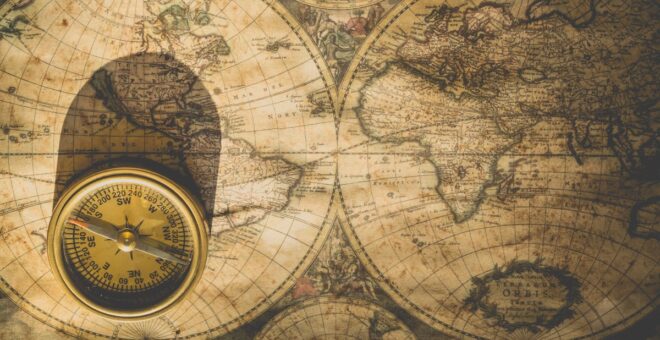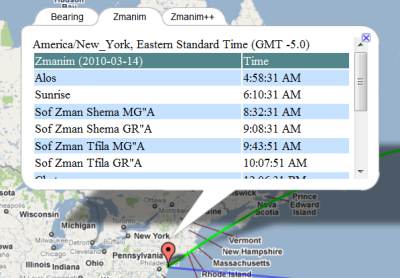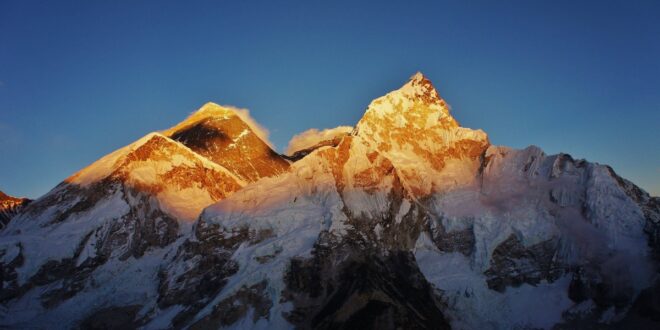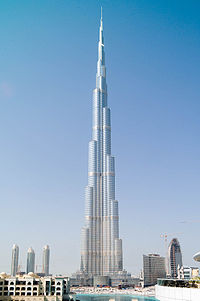 The availability of the Bearing to Yerushalayim and Zmanim Map was originally announced on December 30, 2007. At the time there were a number of bugs related to the Google Map API. These bugs were reported to Google and eventually fixed. Since that time, the only change was a minor JavaScript fix for IE. The Bearing to Yerushalayim worked, but the zmanim tabs had a major issue because the timezone calculated was done based on the user’s current browser timezone. This made it tricky to check zmanim in a different location or timezone than the user’s current timezone.
The availability of the Bearing to Yerushalayim and Zmanim Map was originally announced on December 30, 2007. At the time there were a number of bugs related to the Google Map API. These bugs were reported to Google and eventually fixed. Since that time, the only change was a minor JavaScript fix for IE. The Bearing to Yerushalayim worked, but the zmanim tabs had a major issue because the timezone calculated was done based on the user’s current browser timezone. This made it tricky to check zmanim in a different location or timezone than the user’s current timezone. I recently updated the map to look-up the actual timezone of the latitude and longitude selected by the user. This was implemented by doing a look-up at the geonames.org timezone web-service. The timezone is passed to the Zmanim API and used to generate the XML output of a list of daily zmanim that is displayed in the map. Since the Olson timezone database changes a few times a year, there will almost certainly be cases where the proper timezone can’t be determined. Some of these are changes of timezone names, such as the change from Asia/Calcutta to Asia/Kolkata (my host will not run the TZ Updater tool). In these cases, a simple mapping between the old and new was added to the map. In cases where the timezone can’t be determined the timezone will default to GMT. Ocean locations within 10 km of land will use the closest landmass, but anywhere beyond 10 km will default to GMT. One issue with using the geonames.org webservice, is that when it is down, the map will timeout. I experimented with various ways of dealing with this, but unless my host updates the Java version from 1.4, they are too complex to use at this time.
I recently updated the map to look-up the actual timezone of the latitude and longitude selected by the user. This was implemented by doing a look-up at the geonames.org timezone web-service. The timezone is passed to the Zmanim API and used to generate the XML output of a list of daily zmanim that is displayed in the map. Since the Olson timezone database changes a few times a year, there will almost certainly be cases where the proper timezone can’t be determined. Some of these are changes of timezone names, such as the change from Asia/Calcutta to Asia/Kolkata (my host will not run the TZ Updater tool). In these cases, a simple mapping between the old and new was added to the map. In cases where the timezone can’t be determined the timezone will default to GMT. Ocean locations within 10 km of land will use the closest landmass, but anywhere beyond 10 km will default to GMT. One issue with using the geonames.org webservice, is that when it is down, the map will timeout. I experimented with various ways of dealing with this, but unless my host updates the Java version from 1.4, they are too complex to use at this time.
See the Technical Information about the Bearing to Yerushalayim Map post for technical details about the original implementation.


 The Zmanim API 1.2 was released today. The only change in this release is the removal of elevation as a factor in the calculation of all zmanim besides sunrise and sunset. Updated
The Zmanim API 1.2 was released today. The only change in this release is the removal of elevation as a factor in the calculation of all zmanim besides sunrise and sunset. Updated